
China’s new “hard 24K”, how making pure gold flexible will reshape jewellery
In 2024–2025, the jewellery world has been watching a quiet but important shift coming out of China: manufacturers and materials scientists are producing versions of 24-karat gold that keep the metal’s hallmark color and purity while acting much tougher, more form-stable, and, in some cases, more flexible than traditional 24K. The result is what the industry calls “hard pure gold,” “5D/3D hard gold,” or simply engineered 24K that behaves like an 18K alloy for wearability while still carrying the full visual richness buyers want.
What Exactly Is the Innovation?
Different groups describe related techniques rather than one single patentable trick. Reported approaches include very precise micro-alloying (adding tiny fractions of other elements), advanced cold-working and grain refinement, and nanostructuring or surface engineering that strengthens the metal without reducing its fineness. Some manufacturers mention trace additions at levels measured in tenths of a percent, while others point to mechanical processing and novel heat treatments that lock in a harder microstructure. Because the methods are evolving and described differently across makers, it’s safest to call this a suite of metallurgical and manufacturing advances that produce “hard” or “engineered” 24K rather than one single technique.
Why Jewellery Designers and Customers Care
The practical upside is huge for design and everyday wear. Traditional 24K is soft and scratches or deforms easily, so many markets, China especially, historically preferred pure-gold pieces for cultural reasons but had to compromise on style, complexity, and durability. Hard 24K lets designers realize delicate filigree, thinner bands, articulated chains, and modern sculptural shapes in pure gold without immediately denting or losing form. That opens up aesthetic possibilities (lighter, more intricate pure-gold pieces), improves longevity for heirloom pieces, and can reduce reliance on lower-karat alloys that change color, weight, or hypoallergenic properties.
Impact on the Gold Market and Consumer Behavior
China is the world’s dominant consumer market for gold jewellery and has been investing in product innovation to revive demand and diversify offerings. If engineered 24K scales commercially, we can expect a few market effects: demand patterns could shift toward higher-purity pieces with broader design appeal; manufacturers may capture higher retail margins by offering “pure but wearable” ranges; and retail strategies in gold-heavy markets, such as China, much of Asia, and the Gulf, will adapt to promote design and functionality as well as purity.
Questions, Standards, and Resale Valuation
There are important caveats. Hallmarking and consumer trust depend on clear standards: a piece marketed as 24K must meet legal fineness requirements, but “hard 24K” claims about added elements or special processing require transparent disclosure so buyers know what they’re paying for. Secondary-market valuation (resale, melting for bullion) could be affected if modified 24K contains trace additions, even tiny alloying changes can affect how refineries treat material. Regulators, hallmarking offices, and major assay houses will likely need to clarify how processed or micro-alloyed 24K should be labelled and certified, and whether special descriptors such as “engineered 24K” or “hard pure gold” are required to avoid misleading consumers.
Challenges and Limitations
Scaling the technology while maintaining consistent properties, keeping costs reasonable, and protecting intellectual property are non-trivial. Some processes may require specialized equipment and tight quality control. There will also be skepticism from traditionalists and investment buyers who equate 24K with simple, unaltered bullion, education and third-party testing will be essential to win broad acceptance. Finally, global adoption depends on patents, export of manufacturing know-how, and whether other jewellery hubs (India, Italy, Turkey) choose to adopt or adapt the techniques.
Outlook — What to Expect in the Next 3–5 Years
Expect this innovation to first accelerate new product lines in China and Asian markets, where cultural demand for pure gold is strong and retailers are agile. As the technology proves itself and standards are clarified, Western brands and luxury houses may experiment with “pure but durable” lines to combine classic purity with contemporary wearability. For consumers, the net gains are practical: lighter, more intricate 24K pieces that survive everyday use and keep the vivid golden color collectors prize. For the industry, the change is potentially structural, a redefinition of what “pure gold jewellery” can look and feel like, blending metallurgy, design, and marketing into a fresh category.
View Abdullah Sakkijha Jewelry’s latest collections and pieces: https://abdullahsakkijha.com/
Visit us: Swefieh, Al-Hamra Street – Amman, Jordan
Follow us on our socials:
Instagram | Facebook |Snapchat | TikTok | YouTube
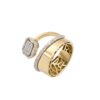

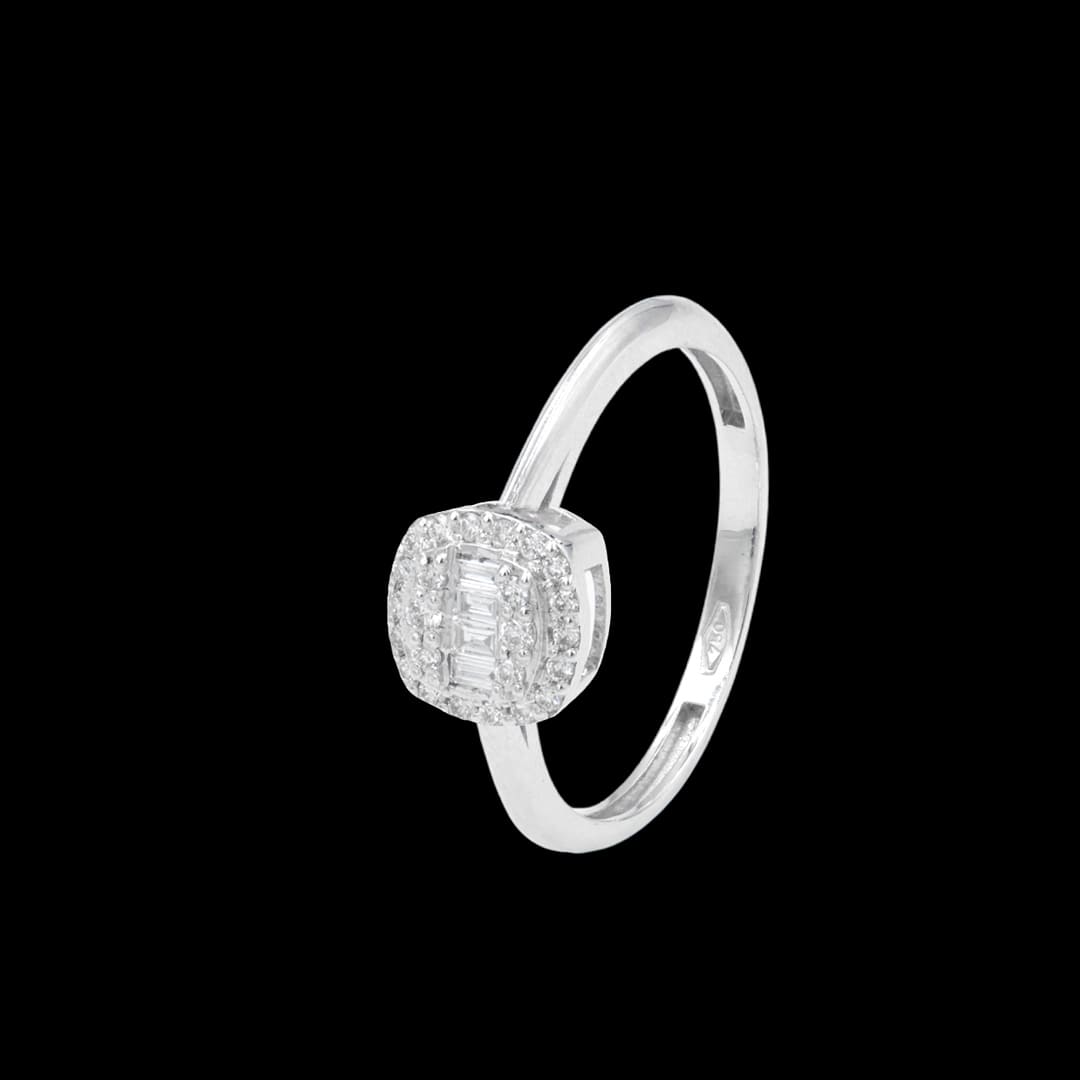
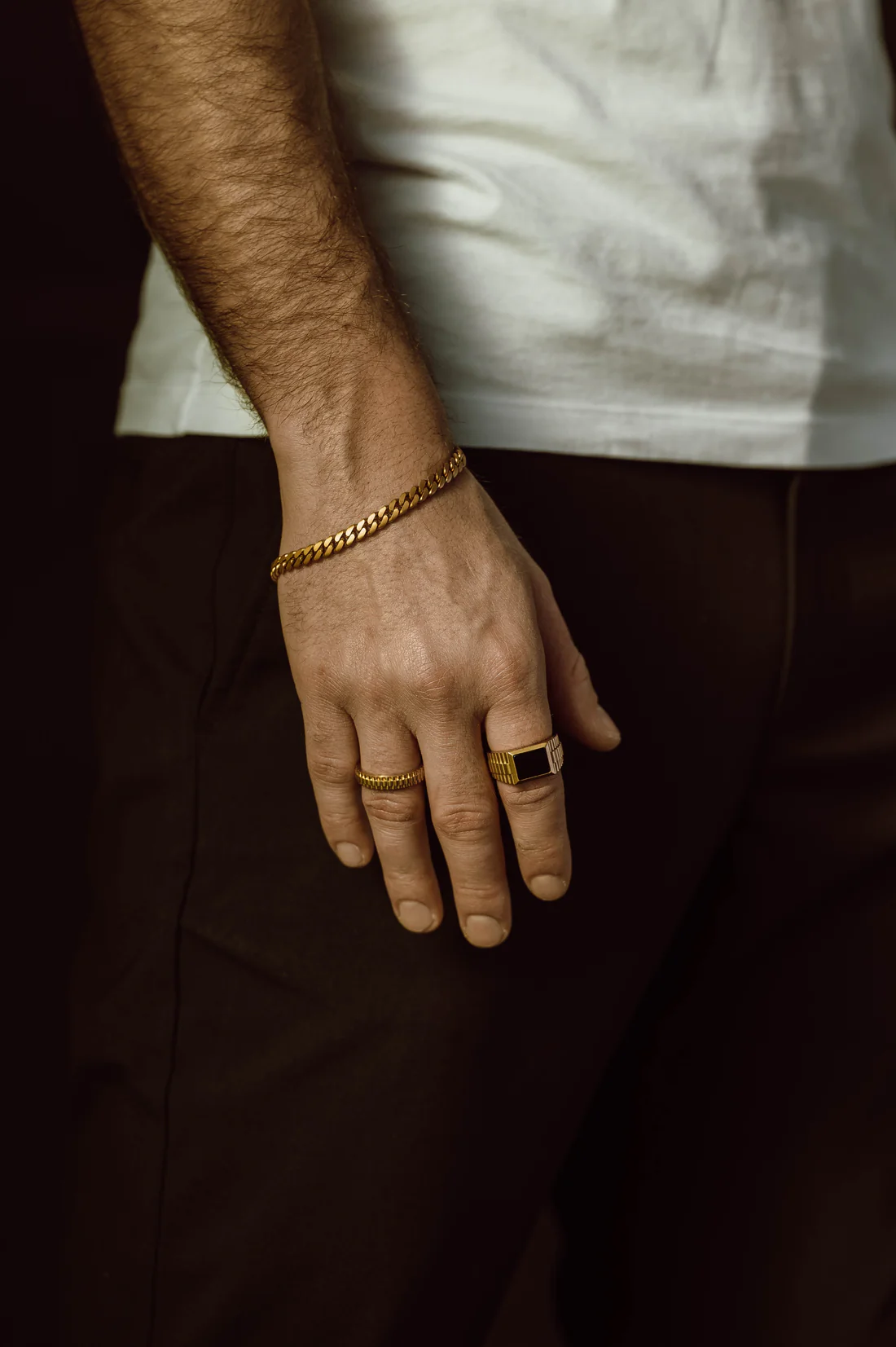
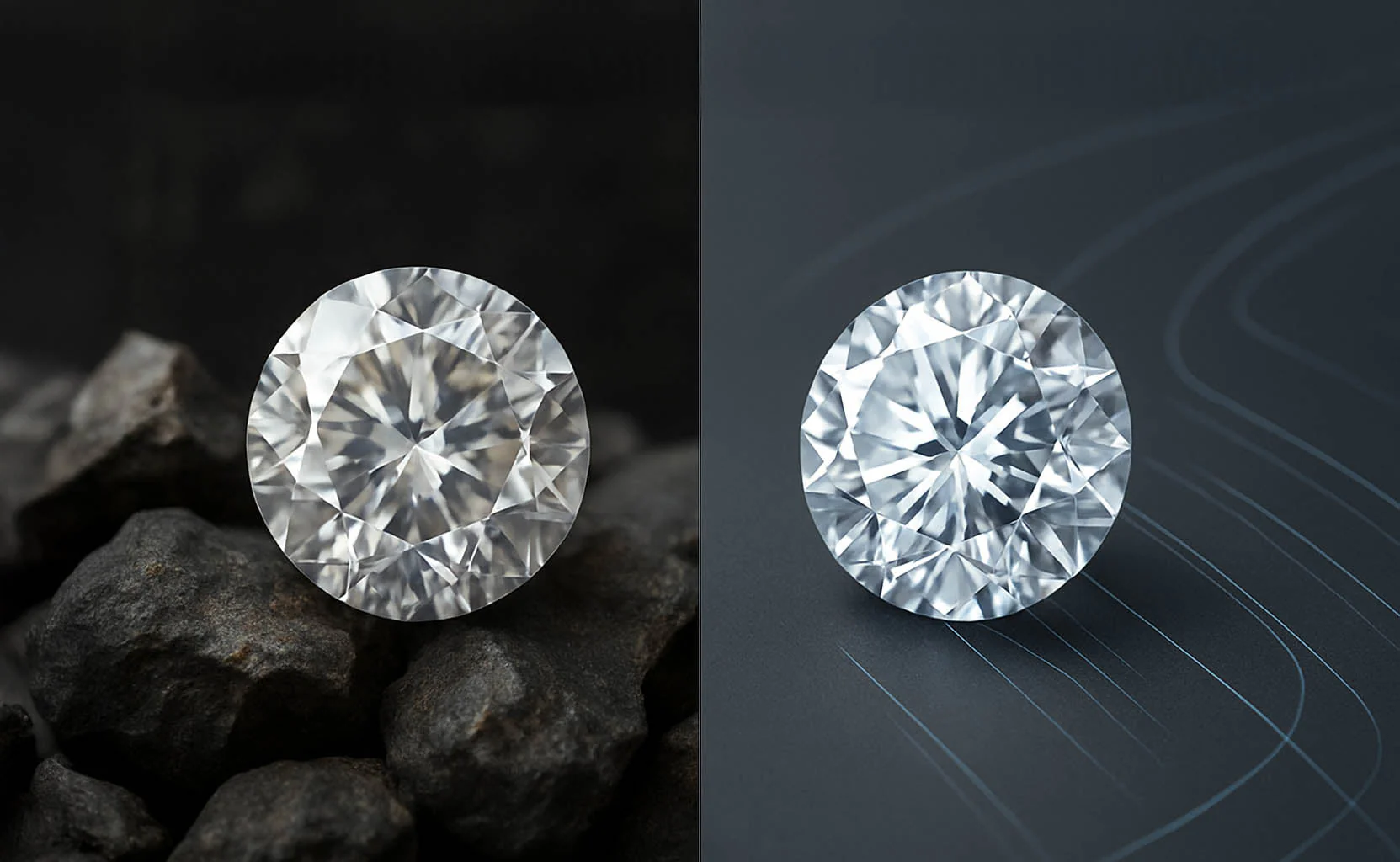

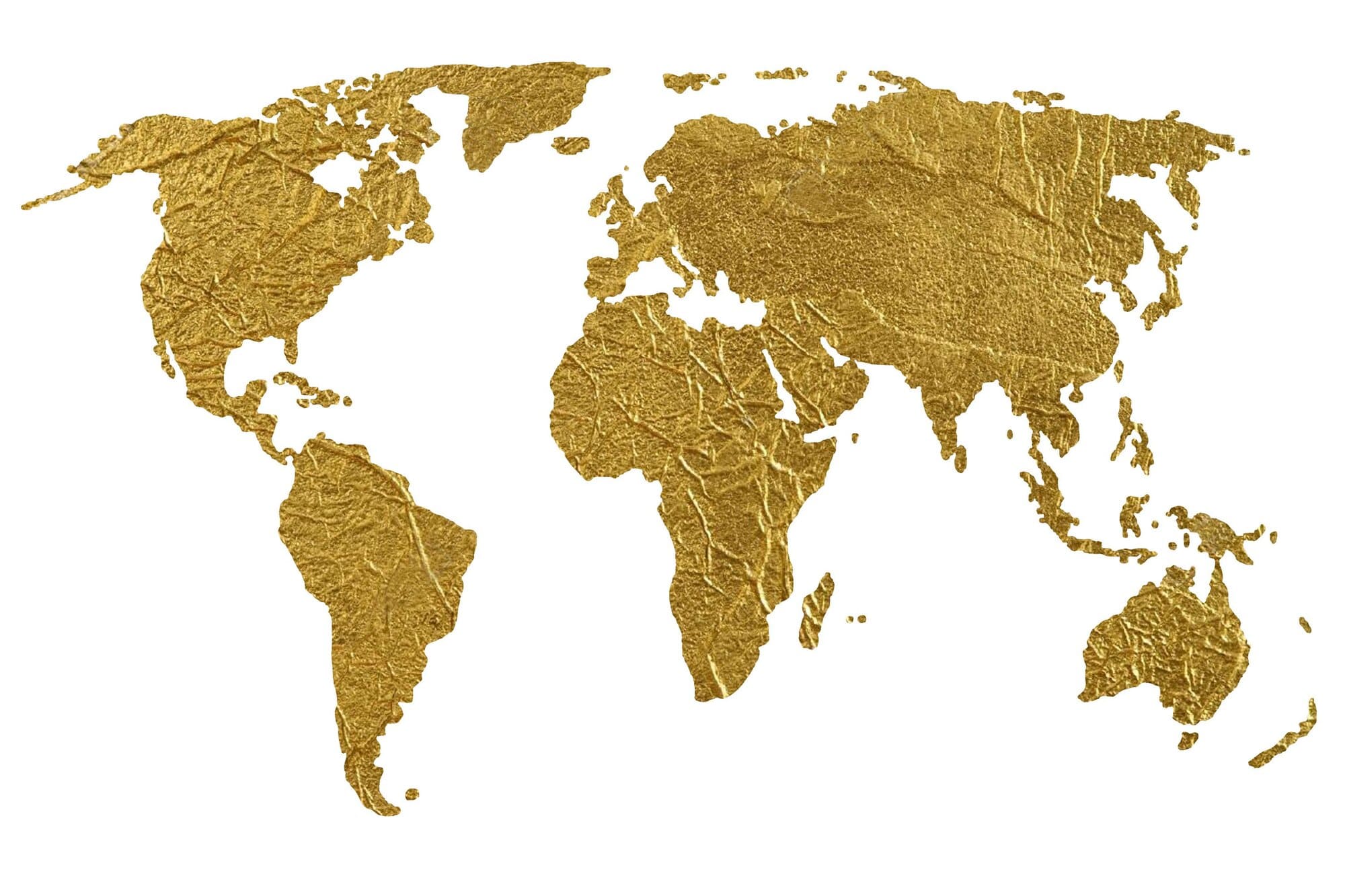
Add comment